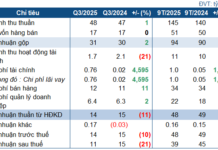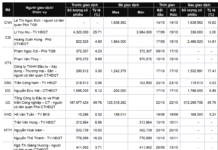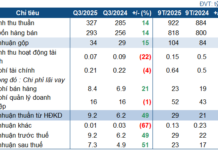Is the Number 4 Magical or Unfortunate?
One of the first things Steve Jobs did upon returning to Apple in 1997 was to simplify the company’s product lineup. At the time, Apple offered only four computer models: two laptops and two desktops, each with a professional and consumer version.
“Four great products are all we need,” Jobs declared at a product launch in 1998.
Three decades later, Apple’s product portfolio is much larger. In 2024, the company introduced four iPads, four MacBook models, two desktop Macs, one Vision Pro headset, two Apple Watch variants, and three types of AirPods. But when it comes to iPhones, four remains the magic number.
That’s the number of iPhones the company has released annually since 2020. This year saw the launch of the iPhone 16, iPhone 16 Plus, iPhone 16 Pro, and iPhone 16 Pro Max.
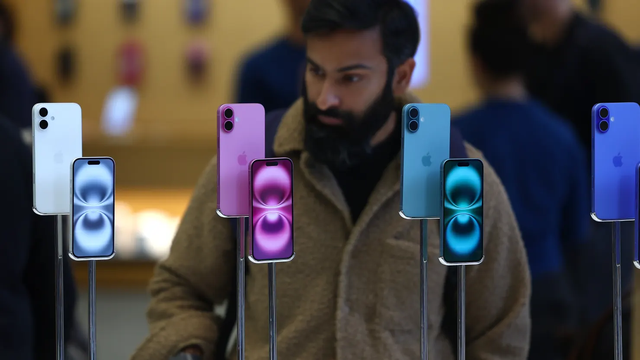
Apple’s tradition of launching four iPhones stems from the fact that the company has witnessed the strongest growth in iPhone sales since expanding its lineup beyond three models.
Being able to sell all four new iPhones without cannibalizing each other’s sales would give the company the best chance to see meaningful growth for the first time since 2022.
Apple does not provide sales figures for each product, and total iPhone sales for the 2024 fiscal year stood at $201.18 billion. This number has remained relatively stable since 2022.
Unfortunately for Jobs’ company, not all iPhones are created equal in terms of popularity.
Every year since 2020, one of the new iPhone models has lagged behind its siblings in sales. This year, it’s the iPhone 16 Plus, the middle child of the lineup. Priced at $899 in the US, it’s more expensive than the entry-level iPhone 16 but cheaper than the iPhone 16 Pro and Pro Max.
According to DSCC data on annual display panel purchases as of October, the market share of the Pro and Pro Max phones has grown year-over-year, while the Plus model’s share has declined from about 21% of total screen orders in 2022 to 10% in 2023. Although it recovered somewhat to 16% this year, it still has the lowest volume among the company’s new iPhones.
“They’re still really struggling with this fourth model,” said DSCC founder Ross Young.
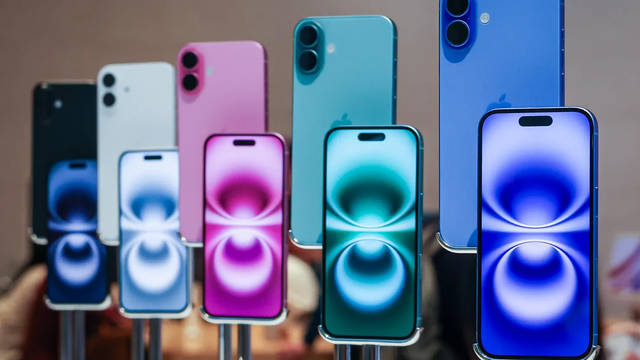
Other data also points to the Plus model’s underperformance. The iPhone 16 Plus accounted for 4% of total iPhone sales in the US in Q3, while both the Pro and Pro Max models captured 6% of sales, according to a survey by Consumer Intelligence Research Partners. The base 16 model also accounted for 4%.
Similarly, Apple’s iPhone 15, iPhone 15 Pro, and iPhone 15 Pro Max ranked as the top three best-selling smartphone models worldwide in Q3 2024, according to Counterpoint data. The Plus model did not make it into the top 10.
Mini and Plus Misses
Since the iPhone’s introduction in 2007, a new model has been released annually. The lineup has expanded quite a bit since then, with Apple keeping older models on the shelves as more affordable options for consumers.
In 2014, Apple introduced the iPhone 6 Plus, marking the first time the iPhone was offered in two sizes, leading to three consecutive quarters of over 27% growth in 2015. After Apple released the iPhone X in 2017, increasing the price of the premium phone and creating a three-model lineup, the company saw three consecutive quarters of over 15% growth.
When Apple shifted to a four-iPhone lineup in 2020, growth surged to 54% in a single quarter, although this was partly due to pandemic-driven demand. But since settling on this four-model strategy, iPhone sales have essentially plateaued.
In 2020, Apple introduced the iPhone Mini, which, at $699, was the lowest-priced new iPhone at the time.
Apple stuck with this strategy in 2021, hoping that the minority of consumers who previously demanded smaller phones would flock to the new device. The strategy didn’t pay off, and Apple no longer sells a 5.4-inch screen iPhone.
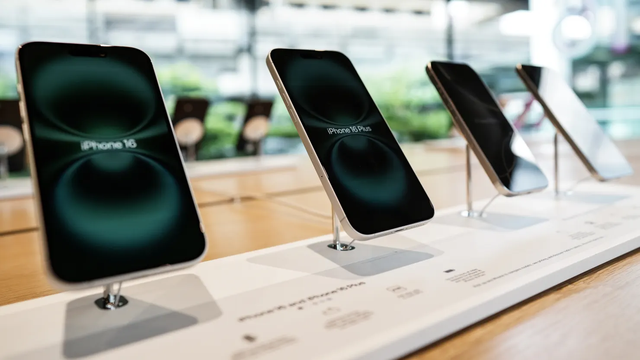
By 2022, Apple changed its approach and introduced the iPhone 14 Plus, which featured the same chip and specifications as the entry-level iPhone 14 but with a larger screen. Still, the Plus strategy failed to make a significant impact.
Looking ahead, Apple is likely to stick with its four-iPhone strategy but may tweak its approach to find a successful fourth model for the 2025 lineup.
Instead of a Mini or a Plus model, Apple could introduce an Air model at the high end of the spectrum.
Despite a potentially higher price tag, Apple may have to compromise on the Air model by limiting it to a single camera to achieve a lightweight and slim design. The current premium iPhones, the Pro and Pro Max, feature three large cameras that enhance photography capabilities but also add weight. DSCC expects the Air model to have a 6.55-inch screen, slotting it between this year’s Pro and Pro Max models in terms of size.
A new premium phone could make sense for Apple. In recent years, the Max models have outsold the lower-priced options, indicating that demand for powerful and feature-rich phones remains strong.
In October, Apple had sufficient inventory of the iPhone 16 and iPhone 16 Plus to meet demand, but the more expensive Pro and Pro Max models were in short supply.
Outside the US, Apple’s premium models have also grown in popularity in recent years. In the first three weeks of iPhone 16 sales in China, the 16 Pro and Pro Max models saw a 44% increase in sales compared to last year’s premium models.
Counterpoint analyst Varun Mishra told CNBC that preferences for certain models vary by region.
“In China, the Pro line sells because consumers there tend to favor the Pro models,” Mishra said. “In India, the Pro line is selling well, partly due to a lower launch price compared to last year as a result of local manufacturing.”
For Apple, shifting from the Plus to the Air model could result in higher iPhone sales, especially if the new model is priced higher than its siblings, allowing Apple to expand its profit margins and continue the recent trend of increasing selling prices. It could also attract first-time buyers and Apple enthusiasts to a single premium iPhone option.
“Next year, they’ll try something different,” Young predicted.
The Latest iPhone Model is Here: All the Features of the iPhone 16, But at a Fraction of the Cost!
Apple’s upcoming affordable iPhone model is set to offer a refreshed design and a host of enticing upgrades, all at a very competitive price point.
The Ultimate MacBook Memory Upgrade: Apple Phases Out 8GB RAM Models
Apple is taking its MacBook range to the next level, with an impressive new standard for memory. All current MacBook models will now boast a starting RAM of 16GB, offering powerful performance and seamless multitasking right out of the box. This upgrade ensures that creative professionals, power users, and everyday enthusiasts alike can tackle demanding tasks and run resource-intensive applications with ease. It’s a significant step forward, setting a new benchmark for portable computing and delivering an exceptional experience that keeps up with the most demanding users.
Uncovering the Counterfeit Phone Ring: Busting the Fake Documentation Syndicate
Counterfeit phones are a scourge on the market, and the authorities in Ha Tinh province have taken a stand. Seven individuals have been arrested and charged for their involvement in a scheme to forge official documents and peddle fake phones. The ringleaders are now behind bars, thanks to the diligent work of local law enforcement.
















